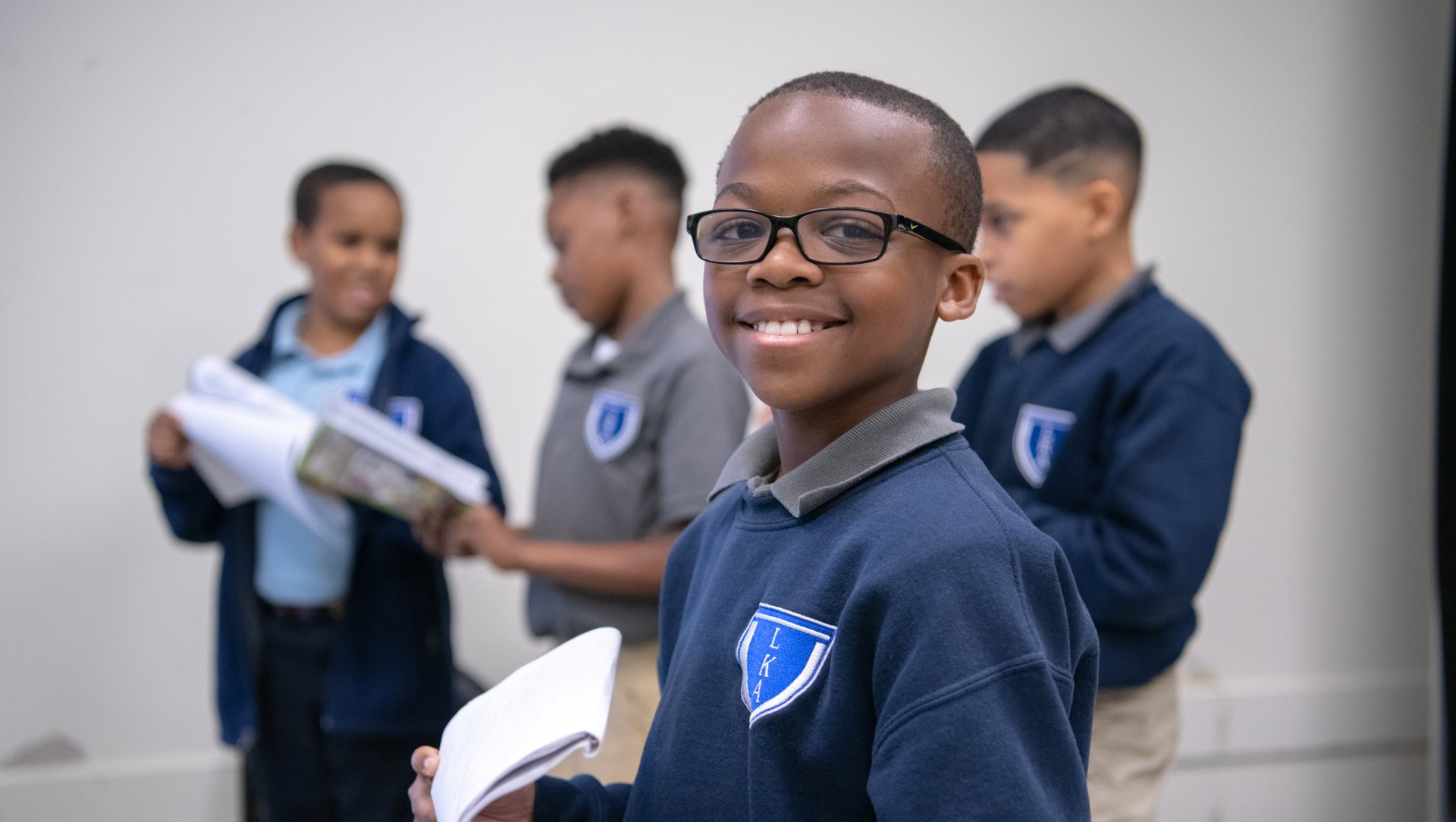Primary School: Testing for Dyslexia
Two reasons to screen in kindergarten or first grade

Without screening and identification as dyslexic, these children have a greater chance of dropping out of high school, not enrolling in college, earning decreased wages, and a greater likelihood of incarceration. Waiting does not improve their outcomes.
There are two important reasons for universal screening of children in kindergarten and first grade:
1. An achievement gap is present in the first grade between dyslexic and non-dyslexic students. This gap does not go away and will widen if not the child is not identified as dyslexic and addressed specifically.
2. Children with dyslexia can be identified in kindergarten and first grade and should be enrolled in an evidence based program like Louisiana Key Academy.
The Shaywitz Screener
A screening test for dyslexia should be reliable and easily administered. The Shaywitz Screener is administered by the child’s teacher. The teacher, after spending months with the child in the classroom is the person most likely to accurately assess the lack of skills that would identify a child who is “at risk” for having dyslexia.
Once identified, additional testing must be undertaken to ascertain which children are dyslexic. The children should be in a group of six or less with a teacher who is truly knowledgeable about dyslexia and instructs the child in phonological awareness and letter identification. This should take place for ninety minutes daily and include reading out loud.
Currently, children in the early years of school are identified as struggling academically and given help (usually in reading) without screening for dyslexia. The child is often tested after six weeks and deemed either “ready” to stay in the regular classroom or “needs additional” help.
In this scenario, the child has been identified as struggling academically and provided additional resources, and then tested on whether to return to the regular classroom.












